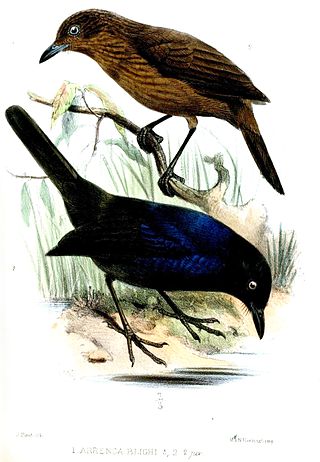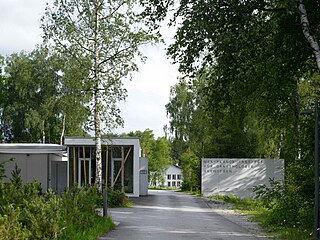
Erwin Friedrich Theodor Stresemann was a German naturalist and ornithologist. Stresemann was an ornithologist of extensive breadth who compiled one of the first and most comprehensive accounts of avian biology of its time as part of the Handbuch der Zoologie. In the process of his studies on birds, he also produced one of the most extensive historical accounts on the development of the science of ornithology. He influenced numerous ornithologists around him and oversaw the development of ornithology in Germany as editor of the Journal für Ornithologie. He also took an interest in poetry, philosophy and linguistics. He published a monograph on the Paulohi language based on studies made during his ornithological expedition to the Indonesian island.

Gustav Adolf Fischer was a German explorer of East Africa.
Hans Christian Johansen was a Danish-Russian professor of zoology, first at Tomsk State University, later at the University of Copenhagen.

Events relating to birding and ornithology that occurred in 1901 include:
Hans Julius Duncker was a German ornithologist, geneticist and eugenicist. Among his attempts in bird genetics was to produce a red canary by transfer of the red plumage gene from a red siskin.

The year 1880 in birding and ornithology.

Birds described in 1872 include the Chilean flamingo, snowy egret, black-tailed crake, Cyprus warbler, Baikal bullfinch, Persian shearwater, red-fronted antpecker, Tibetan serin, Newton's parakeet and the orange fruit dove.

The Max Planck Institute for Ornithology was a non-university research institution under the sponsorship of the Max Planck Society (MPG). As of 1 January 2023, it merged with the Max Planck Institute for Neurobiology (MPIN) to form the new Max Planck Institute for Biological Intelligence (MPI-BI). The MPIO was located in Seewiesen, which belongs to the municipality of Pöcking in Upper Bavaria.






